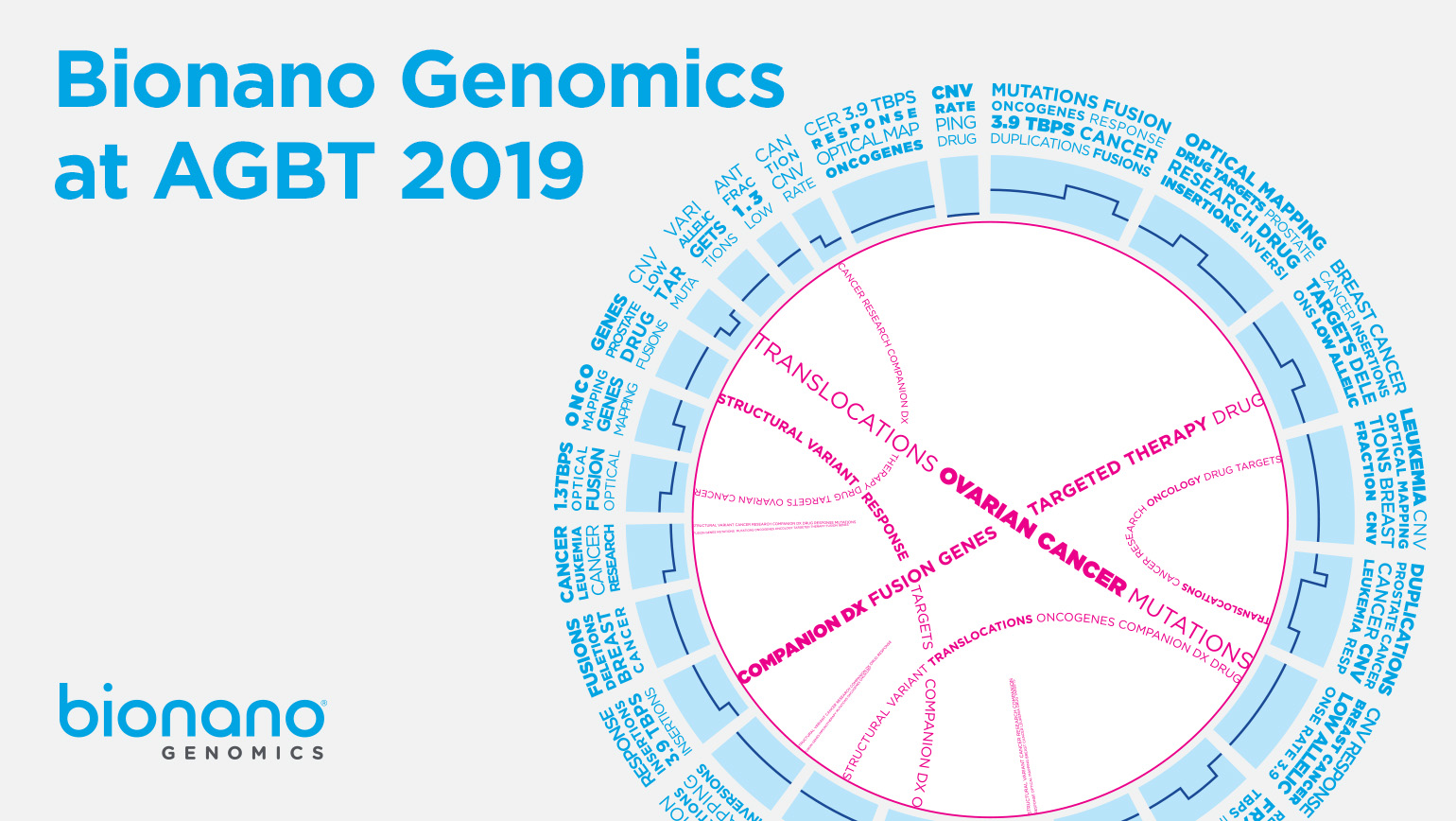Blog
Introducing Generation 2 (G2) Saphyr® OGM Sample Preparation: More Robust and Streamlined Sample Prep Solutions for OGM
We’re excited to announce the next generation of our Sample Prep Kit line and Direct Label and Stain Kit line. These new chips and kits make Bionano’s optical genome mapping (OGM) workflow faster and more robust, addressing some of the biggest opportunities for further enhancement.
Bionano’s sample prep kits are used to extract and label ultra-high molecular weight (UHMW) DNA for use on the Saphyr® system. These kits are optimized for performing Bionano OGM applications on a variety of sample types.
Through ongoing internal R&D efforts, and by soliciting detailed feedback from our customers, we identified and addressed key areas in the sample preparation workflow for optimization.
G2 updates at a glance
The SP-G2 kit offers improved sample preparation chemistry that enhances UHMW DNA isolation, resulting in more reliable OGM data. In addition, the DLS-G2 kit has new chemistry for same-day sample labeling and loading, making it our fastest OGM assay yet—and significantly reducing sample-to-answer times.
We’re also rolling out improvements to our Saphyr Chip to prevent sample evaporation and enhance the reliability of sample loading and performance on the Saphyr instrument. We believe these improvements will result in higher first-pass yields and eliminate the risk of sample depletion when working with complex, longer scan-time samples.
The next generation of our OGM workflow reduces sample-to-report times to as few as 3 days.*
The G2 OGM Workflow: Sample to Analysis*

*With typical resources and use: 1 tech FTE, 8-hour workday, 5-day workweek, 1 Saphyr instrument, automated analysis configurations in Access
Below, we dig into these key improvements and give you a behind-the-scenes look at how we put user feedback front and center in bringing our next generation of sample prep products to life.
Improved robustness and ease-of-use
In both our SP and DLS kits, we:
-
Increased reagent stability to 1 year.
-
Improved gDNA purity, leading to higher labeling efficiency.
-
Removed toxic and unstable PMSF treatment.
-
Improved visualization of pellets for frozen blood and BMA protocols.
-
Decreased turnaround time for the labeling protocol.
To enhance the robustness and reliability of both sample prep kit workflows, we reformulated our reagent—extending shelf-life stability considerably.
We also improved a few critical components of the digestion and lysis buffers used during the lysis step. In response to a common user pain point, we also removed the PMSF treatment, which has proved a toxic and difficult reagent to procure, especially in some areas of the world.
We also increased our kit size from a 10-reaction kit to a 12-reaction kit—an upgrade that enables us to streamline and better match our chip consumables. This enhancement came in direct response to a common observation among some current kit users that the number of reagents needed to run a given chip often doesn’t match the sample prep. This new generation of kits solves that problem.
Lastly, to enhance robustness and ease of use, we improved the overall recovery of failing samples by about 50%, which for users, will lead to fewer sample re-runs.
Lower turnaround time
Our DLS-G2 kit offers an enhanced elution buffer, which has demonstrated an overall reduction in both hands-on time and total assay time, thereby contributing to an overall reduction in turnaround (or sample-to-answer) time. |
Knowing the importance of minimizing turnaround time for our Direct Label and Stain Sample Prep Kit users, we saw an opportunity to reduce workflow times by making the label staining process—elution in particular—more efficient.
The new generation of our DLS kit offers enhanced chemistry, bringing what’s been a two-day initial labeling protocol down to a little less than 6 hours. This will translate into potentially massive time savings for users, especially teams running multiple samples simultaneously.
The new DLS-G2 protocol reduces total assay time from 7 hours to less than 5 hours and reduces hands-on time to less than 2.5 hours.
Higher throughput
In both our SP-G2 and DLS-G2 kits, we improved BMA sample throughput with optimized proteolytic digestion. |
We learned that users of our first-gen kits sometimes encounter limitations during lysis steps that can prevent them from preparing more than three or four BMA samples at a time.
Our new protocol eliminates those time and process constraints, making the lysis step more user-friendly and better optimized for runs with different sample types, enabling users to run more samples simultaneously. We also optimized a few components in our buffer to improve proteolytic digestion to make this step faster, further contributing to higher overall throughput metrics up to 40Gbp/scan.
Turning user feedback into product improvements
Feedback from our customers was a crucial element that informed the enhancements in this new generation of chips and kits. We spoke to Bionano’s Yang Zhang, Associate Director, Assays and Reagents, to share this story.
Both our Customer Solutions and Field Application Scientist (FAS) teams provide key insights to our internal marketing and technical teams on user adoption, challenges, and competitive activity in the field. These customer-facing teams, along with internal R&D, have been vital in identifying both the strengths and weaknesses of our current products and shaping our product roadmap to align with customer needs.
“Our Customer Solutions and FAS teams are continually receiving and processing feedback from users. Sometimes that feedback is direct; other times, it’s gained through troubleshooting and support activities. It was through these channels that we first started to match the areas of our workflow we know could be improved—like kit stability and assay robustness—with the priorities our customers were expressing to us.”
— Yang Zhang, Associate Director, Assays and Reagents, Bionano
To sharpen our understanding of customer priorities heading into the G2 development cycle, we conducted interviews with a diverse group of users globally. These interviews aimed to gather qualitative insights into what’s working well—and just as importantly, what could work better—in areas like sample acquisition, isolation, labeling, chip loading, run setup, and data analysis
In addition to getting precise customer insights into how we could improve our products and workflow, this customer spotlight program also identified areas we could improve customer success and establish a continuing dialogue to gain deeper insights into the future.
“The interviews we conducted through our customer spotlight program produced a ton of valuable information across many different dimensions of our products and workflows. That was a major achievement that really pushed us forward in how we actively solicit specific, granular details from customers and drive those insights back into our R&D, product, and customer success efforts.”
— Yang Zhang, Associate Director, Assays and Reagents, Bionano
What we learned users wanted from their OGM products and workflow closely reflects the improvements we’re announcing today:
- Shortening lengthy protocol steps to reduce overall turnaround time or sample to answer.
- Hardening the sample preparation protocol to increase the overall success rate.
- Reducing the learning curve to accommodate different technical experience levels.
With a list of detailed customer priorities in front of us, we translated feedback into action items—grouping findings by functional area, distilling key takeaways for each impacted functional group, and empowering those groups to select their target enhancements to pursue.
Today’s G2 product announcement is the culmination of our cross-functional efforts to bring some of the most-wanted capabilities and enhancements off the wishlist and into the lab. Our vision with this, and every subsequent generation of products, is to improve the customer experience in ways that directly help our users reach their own goals while continuing to reveal answers to challenging questions in biology and medicine.
Want to learn more about our sample preparation kits?
Find additional product details and ordering information with these resources:



